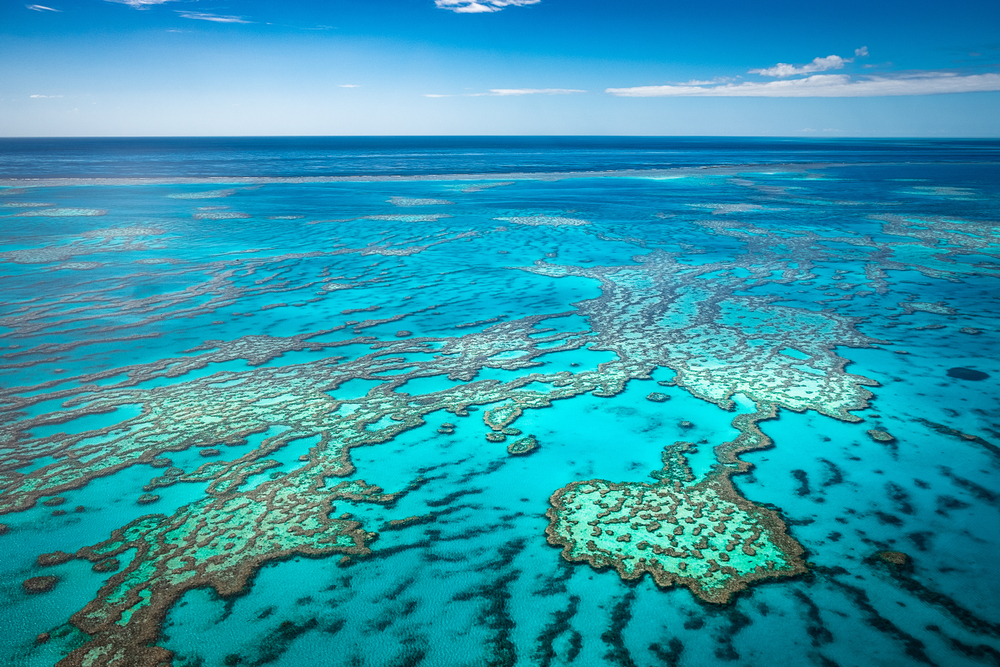Uluru-Kata Tjuta Overview
Uluru-Kata Tjuta National Park, located in the heart of Australia’s Red Centre, is a site of profound cultural significance and stunning natural beauty. Spanning approximately 1,326 square kilometers (about 512 square miles), the park is home to two of Australia’s most iconic geological formations: Uluru (Ayers Rock) and Kata Tjuta (The Olgas). Managed jointly by the Australian government and the traditional owners, the Anangu people, the park was established in 1958 and designated a UNESCO World Heritage Site in 1987, recognized both for its natural and cultural values.
Uluru, a massive sandstone monolith standing 348 meters (1,142 feet) high, is the park’s centerpiece. This awe-inspiring rock formation is deeply sacred to the Anangu, who have lived in the area for tens of thousands of years and continue to practice their traditional laws, customs, and connection to the land. The cultural center within the park provides visitors with insights into Aboriginal culture and the significance of Uluru in Tjukurpa (traditional law/religion).
Kata Tjuta, located about 40 kilometers (25 miles) west of Uluru, is a group of large, domed rock formations. The highest point, Mount Olga, rises approximately 546 meters (1,791 feet) above the surrounding plain. Like Uluru, Kata Tjuta holds great spiritual significance for the Anangu people, featuring prominently in their traditional stories and ceremonies.
The park’s semi-arid environment supports a variety of unique flora and fauna adapted to survive in the harsh conditions. Visitors may encounter species such as the red kangaroo, the black-flanked rock-wallaby, and an array of birdlife.
Uluru-Kata Tjuta National Park offers a range of walking trails that allow visitors to explore its stunning landscapes, learn about its rich Aboriginal culture, and respect the natural and spiritual significance of this extraordinary place. The park embodies the deep spiritual connection between the land and its traditional custodians, offering a profound experience for all who visit.



































































































